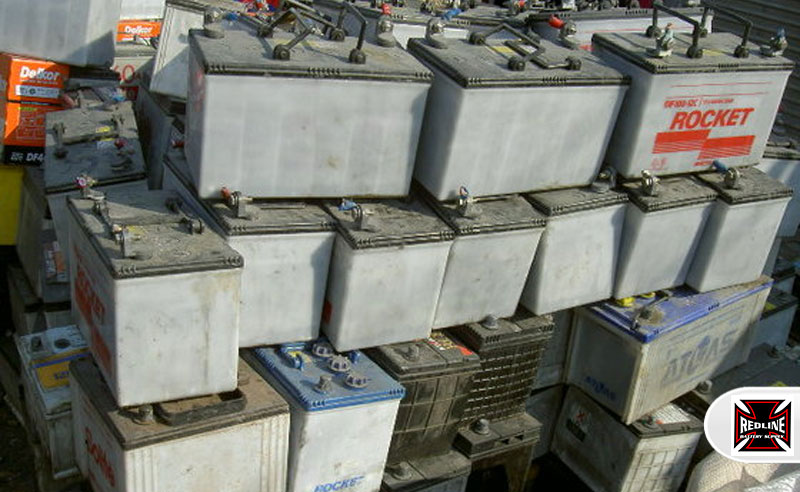
Overview:
Buying used batteries can be a cost-effective option, especially for vehicles, electronics, or renewable energy systems. However, it's crucial to evaluate the batteries carefully to ensure you're getting a good deal. Here are some following ways to check while buying a battery.
1. Battery Type
Identify the Type: Determine whether the battery is lead-acid, lithium-ion, nickel-metal hydride (NiMH), or another type. Each has its specific use cases, pros, and cons. For example, lithium-ion batteries are known for their high energy density and longer lifespan but are more expensive, while lead-acid batteries are cheaper but heavier and less efficient.
2. Battery Age
Manufacturing Date: Check the date of manufacture, usually printed on the battery casing. Be wary of batteries older than three years unless they have been well-maintained.
3. Physical Condition
Visual Inspection: Physical deformities can indicate internal damage, which could lead to performance issues or safety hazards.
Terminal Condition: Inspect the terminals for corrosion, rust, or wear. Clean terminals can indicate better maintenance and ensure a good electrical connection.
4. Charge Capacity and State of Health (SOH)
Capacity Testing: To check battery’s ability to hold a charge and current charge can be tested with a multimeter or a specialized battery tester. A battery with significantly reduced capacity may not be worth the investment.
State of Health (SOH): Some advanced testers can provide the SOH, which indicates the overall condition of the battery compared to its original state. An SOH below 80% may suggest the battery is near the end of its useful life.
5. Voltage Check
Voltage Levels: Measure the voltage with a multimeter. A fully charged lead-acid battery should show around 12.6 volts, while a lithium-ion battery should be around 3.7 volts per cell. Deviations from expected voltage levels could indicate problems.
6. Battery History
Usage History: If possible, get information on how the battery was used. Batteries subjected to heavy loads or deep discharge cycles tend to have shorter lifespans. Understanding the prior use can help you assess how much life is left.
Maintenance Records: Check if the previous owner has kept any maintenance records, particularly for lead-acid batteries that require regular maintenance.
7. Warranty and Return Policy
Seller’s Warranty: Some sellers offer a limited warranty even on used batteries. A warranty can provide peace of mind and protection against a faulty purchase.
Return Policy: Ensure there's a return policy in case the battery doesn’t meet your expectations or fails shortly after purchase.
8. Price Comparison
Market Research: Compare prices with new batteries and other used options. The cost of a used battery should reflect its age, condition, and remaining lifespan. If the price is too close to that of a new battery, it might not be worth the risk.
9. Environmental Considerations
Recycling: Consider the environmental impact of your purchase. Opt for sellers who offer recycling services for old batteries, as improper disposal can lead to environmental harm.
Conclusion
When buying a used battery, careful consideration of these factors can help you avoid poor-quality products and ensure you get the most value for your money. By following this checklist, you can make a more informed decision and extend the life of your devices or systems.
More News